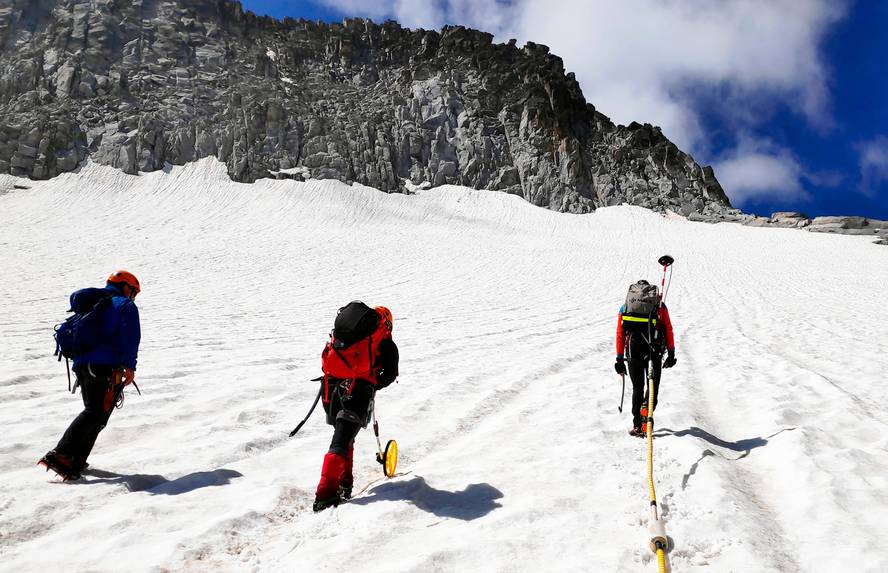Aneto Glacier has lost 64.7% of its surface in the last 41 years
Between 1981 and 2022, the Aneto glacier has lost 64.7% of its surface. This is confirmed by a study led by the Pirenaico Institute of Ecology IPE-CSIC. The study, published in the journal The Cryosphere, has increased from 135.7 ha (1.36 km2) to 48.1 ha (0.48 km2). The front of the glacier has gone from 2,828 m to 3,026 m and lost an average of 3.5 m thick.
The loss of glaciers is notable in the Pyrenees: There were over 100 glaciers in 1850, 39 in 1984, 21 in 2020 and 18 in 2022. In 1850 they occupied an area of 2,060 ha (20.6 km2), 810 ha (8.1 km2) in 1984, 232 ha (2.3 km2) in 2020 and 170 ha (1.7 km2) in 2022. That is, 92% of the glacier area has been lost since the end of the Little Ice Age.
This iStudy has carried out the longest and most detailed study of the Aneto Glacier (41 years). To do so, they have rebuilt the glacier's surfaces between 1981 and 2022 and measured the thickness of the glacier from high-resolution aerial images of different times, measurements with georadar, etc.
The results have shown that the state of the glacier is critical. In fact, they have announced that it will be rapidly divided into three smaller ice bodies and there is no evidence of areas of accumulation. The 2021-2022 season, for example, was a very hot and dry year, bringing the glacier down completely, seriously endangering the survival of the Aneto glacier.
“Glacier thinning rates, which were around 1 m a year, have tripled in the last year of study (2021-2022). It is clear, therefore, that a pretty dry and, above all, very hot year (like the one that lived in 2022) affected the melting of snow and ice on the glacier of Aneto,” concludes UPV professor Eñaut Izagirre Estibaritz.






